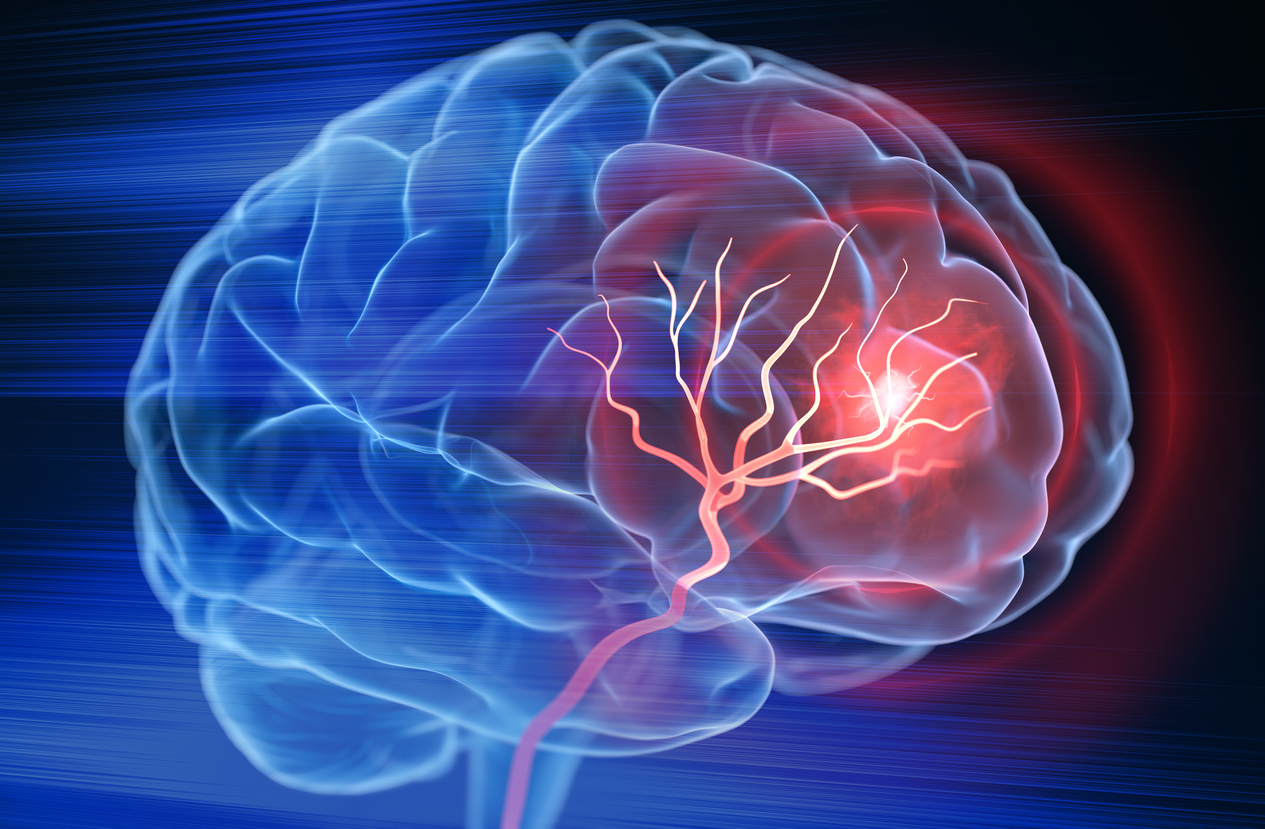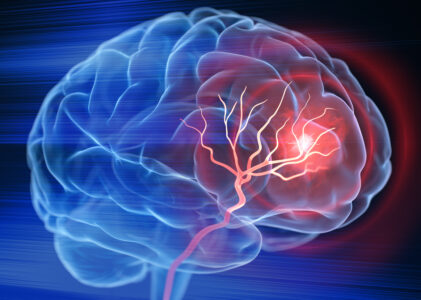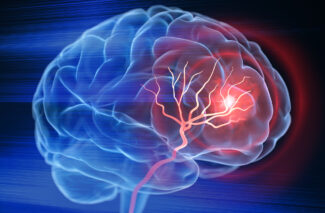
May is National Stroke Awareness Month, a time to raise awareness about the critical importance of recognizing the signs of a stroke and acting quickly. According to the Centers for Disease Control and Prevention, CDC, stroke is a leading cause of death and disability for Americans, and understanding the symptoms and risk factors can save lives. At Greater Waterbury Imaging Center (GWIC), we offer neurological MRI brain scan technology to provide your physicians with the information needed to protect you and your loved ones from the devastating effects of stroke.
Understanding Stroke
A stroke occurs when the blood supply to part of the brain is interrupted or reduced, preventing brain tissue from getting oxygen and nutrients. Brain cells begin to die in minutes, making it crucial to seek emergency medical treatment at the first sign of a stroke. There are two main types of strokes: ischemic strokes, caused by a blockage in an artery, and hemorrhagic strokes, caused by a leak or rupture of a blood vessel.
Stroke Statistics and Facts
According to the Centers for Disease Control and Prevention (CDC), about 795,000 people in the United States have a stroke each year. Approximately 610,000 of these are first-time strokes, and 185,000 occur in people who have had a previous stroke. St
rokes kill about 140,000 Americans annually, making it the fifth leading cause of death. Moreover, stroke is a major cause of serious disability, with about 10% of stroke survivors requiring long-term care.
Recognizing the Signs of Stroke: Act F.A.S.T.
Recognizing the signs of a stroke and acting quickly can make a significant difference in the outcome for the individual. The acronym F.A.S.T. is a simple way to remember the signs:
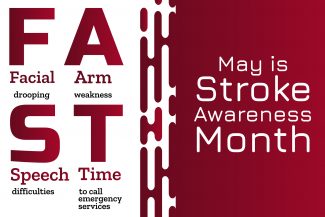
- Face Drooping: Is one side of the face numb or drooping? Ask the person to smile to check for facial asymmetry.
- Arm Weakness: Is one arm weak or numb? Ask the person to raise both arms and see if one drifts downward.
- Speech Difficulty: Is speech slurred or strange? Ask the person to repeat a simple sentence.
- Time to Call 911: If any of these signs are present, call 911 immediately.
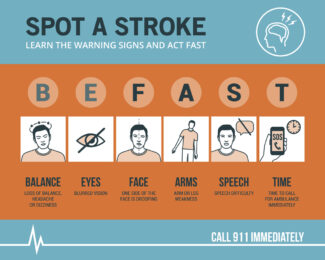
In addition to F.A.S.T., other symptoms of stroke may include sudden numbness or weakness in the leg, confusion, trouble seeing in one or both eyes, difficulty walking, dizziness, and severe headache with no known cause.
Women and men both experience the same general symptoms of a stroke, although women may also experience more subtle warning signs. Both men and women can experience face drooping, arm weakness, and speech difficulty, women may also experience general weakness, fatigue, disorientation, confusion, memory problems, nausea, or vomiting. Additional symptoms of stroke experienced by both men and women can be a severe, sudden headache with no apparent cause, trouble in one or both eyes, sudden numbness in the face, arms, or legs, and trouble walking.
There is another acronym; B.E.F.A.S.T., that includes warning signs regarding balance and eyesight. Be sure to recognize the symptoms of stroke and BE FAST in responding. A quick response and treatment can help to prevent long-lasting damage and death.
Management and Treatment of Stroke
A powerful blood thinner called Tissue Plasminogen Activator (tPA), (Alteplase, Activase®) was approved by the FDA in 1996 for treatment of stroke. tPA is shown to improve the outcome for people who have had a stroke if administered within three hours of the onset of a stroke. This is why recognition of stroke symptoms and F-A-S-T response are critical.
Risk Factors for Stroke
Several risk factors can increase the likelihood of having a stroke. Some of these factors are controllable, while others are not. The American Stroke Association highlights the following risk factors:
- Controllable Risk Factors: High blood pressure, smoking, diabetes, high cholesterol, obesity, and physical inactivity. Managing these conditions through lifestyle changes and medication can significantly reduce stroke risk.
- Uncontrollable Risk Factors: Age (risk increases with age), gender (women have a higher lifetime risk), race (African Americans have a higher risk), and family history of stroke. Diabetes is more common in African American women, raising the risk of stroke, and more than 70% of all strokes occur after the age of 65.
Life After Stroke
Recovering from a stroke can be a long and challenging process, but many people can regain their independence with the right care and support. Rehabilitation often involves physical therapy, occupational therapy, and speech therapy to help regain lost skills and adapt to any long-term effects of the stroke. Emotional support and counseling are also crucial for coping with the changes and challenges post-stroke.
Preventing Secondary Strokes
Secondary stroke prevention is vital for individuals who have already experienced a stroke. According to the American Stroke Association, the following strategies are recommended to reduce the risk of a recurrent stroke:
- Medication: Adhering to prescribed medications, such as blood thinners and medications to control blood pressure and cholesterol.
- Lifestyle Changes: Adopting a healthy diet, engaging in regular physical activity, quitting smoking, and managing stress.
- Regular Check-Ups: Regular visits to healthcare providers for monitoring and managing risk factors.
Greater Waterbury Imaging Center MRI Brain Scan Serv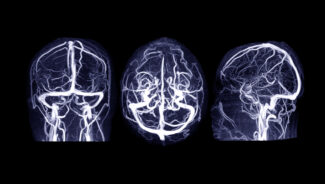 ices
ices
At Greater Waterbury Imaging Center, we are dedicated to providing high-quality imaging services that play a critical role in the early detection and management of stroke. Our advanced imaging technologies, such as Brain MRI scans, are essential tools for diagnosing strokes and planning appropriate treatments. We are here to support you with the best possible care and information to help you stay informed and proactive about your health.
National Stroke Awareness Month is an excellent opportunity to educate yourself and others about stroke. Recognizing the signs, understanding the risk factors, and taking preventive measures can save lives.
If you or someone you know experiences any signs of a stroke, remember to act F.A.S.T. Contact us today to learn more about our imaging services and how we can assist you in maintaining your health and well-being.

